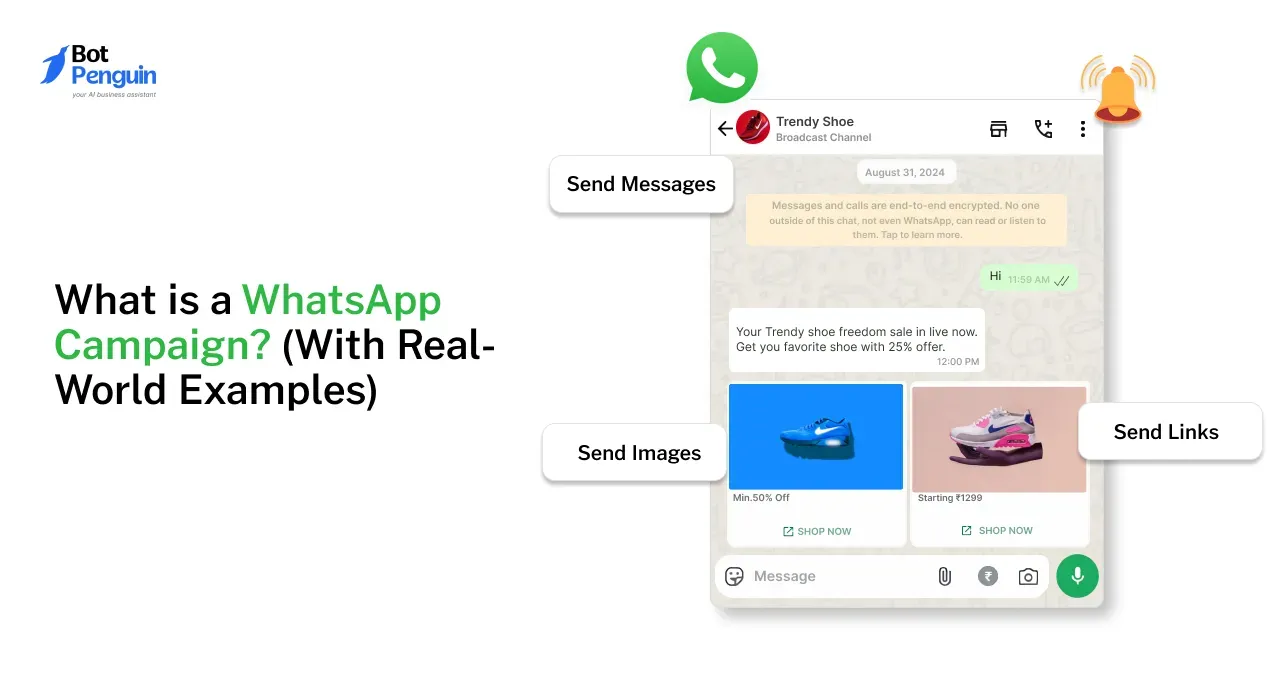In recent years, student enrollment management systems have become crucial tools for educational institutions, streamlining student admission and enrollment processes.
These systems, often called admission management systems or student admission management systems, have revolutionized how schools and universities handle applicant data, process applications, and manage student records.
Additionally, a 2022 report by MarketsandMarkets estimates that the global student information system market size is projected to grow from USD 10.2 billion in 2022 to USD 20.5 billion by 2027, at a CAGR of 14.9% during the forecast period. This growth underscores the increasing adoption of student enrollment management systems across educational sectors.
Integrating AI-powered chatbots for education within these student enrollment management systems has enhanced their efficiency.
With rising competition and the need for data-driven decisions, student enrollment management systems are essential. They streamline admissions and offer insights for strategic planning and student success.
The Importance of Student Enrollment Management System
Student enrollment management systems play a crucial role in the education sector.

They are not just about handling student data; they enhance the overall educational experience and improve operational efficiency.
Benefits for Students
Student enrollment system simplify the application and enrollment processes. Students can fill out applications, upload documents, and track their admission status online. This reduces the need for physical visits and lengthy paperwork.
- Improved Communication: With the integration of a chatbot for education, students can get instant responses to their queries. This ensures they have the necessary information without waiting for office hours or emails.
- Access to Information: Student enrollment system can access all necessary information, such as course schedules, grades, and financial aid details, in one place. This accessibility helps students stay organized and informed.
- Personalized Support: Student enrollment system can offer personalized advice and support. For instance, students might receive notifications about deadlines, upcoming events, or important announcements tailored to their specific needs.
- Financial Aid Management: Student enrollment system simplifies applying for and managing financial aid. Students can view their financial assistance status, submit required documents, and receive updates on the same platform.
Online Application and Registration
Student enrollment system allows students to apply from anywhere. They can complete forms, upload documents, and submit applications without visiting the campus.
This mainly benefits international students or those living far from the institution.
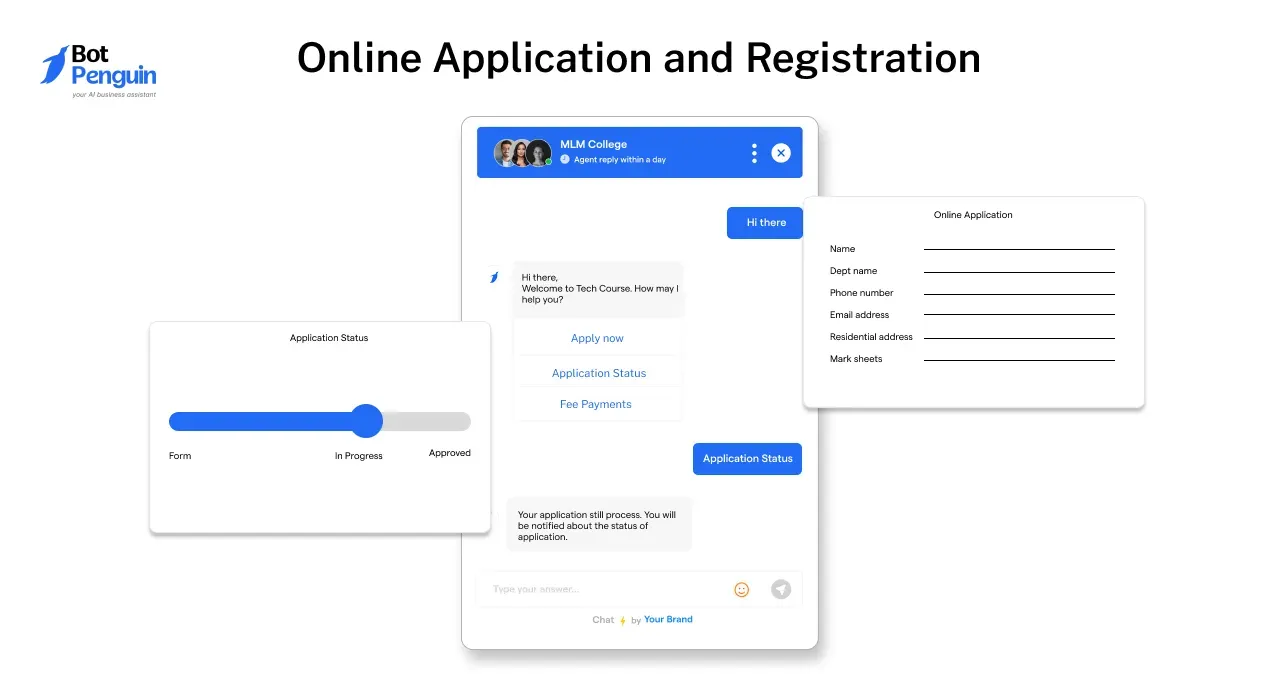
- Real-Time Tracking: The student enrollment system can track the status of their applications in real-time.
They receive updates on missing documents, interview schedules, and admission decisions directly through the student enrollment system.
- Automated Processing: The student enrollment management systems can automatically process applications, reducing the workload for admissions staff. It can flag incomplete applications and send reminders to applicants to complete their submissions.
Data Management and Analytics
All student data, including personal details, academic records, and financial information, is stored in a single, secure location. This centralization makes it easy to access and manage student information.
- Analytics Tools: Data analytics tools help institutions understand application trends, student demographics, and program popularity.
These insights can guide marketing strategies and resource allocation.
- Report Generation: Institutions can generate detailed reports on various metrics, such as enrollment rates, student performance, and financial aid distribution.
These reports are crucial for strategic planning and compliance with regulatory requirements.
Communication Tools

Student enrollment system can send automated notifications to students about application status, upcoming deadlines, and important events. This ensures that students are always informed and reduces the need for manual communication.
- Chatbot for Education: Integrating a chatbot for education within the system gives students instant answers to their questions.
This tool can handle common queries about the application process, course details, and campus facilities, freeing up staff time.
- Email and SMS Integration: Student enrollment system can send emails and SMS messages directly to students.
This is useful for sending reminders, announcements, and personalized communications.
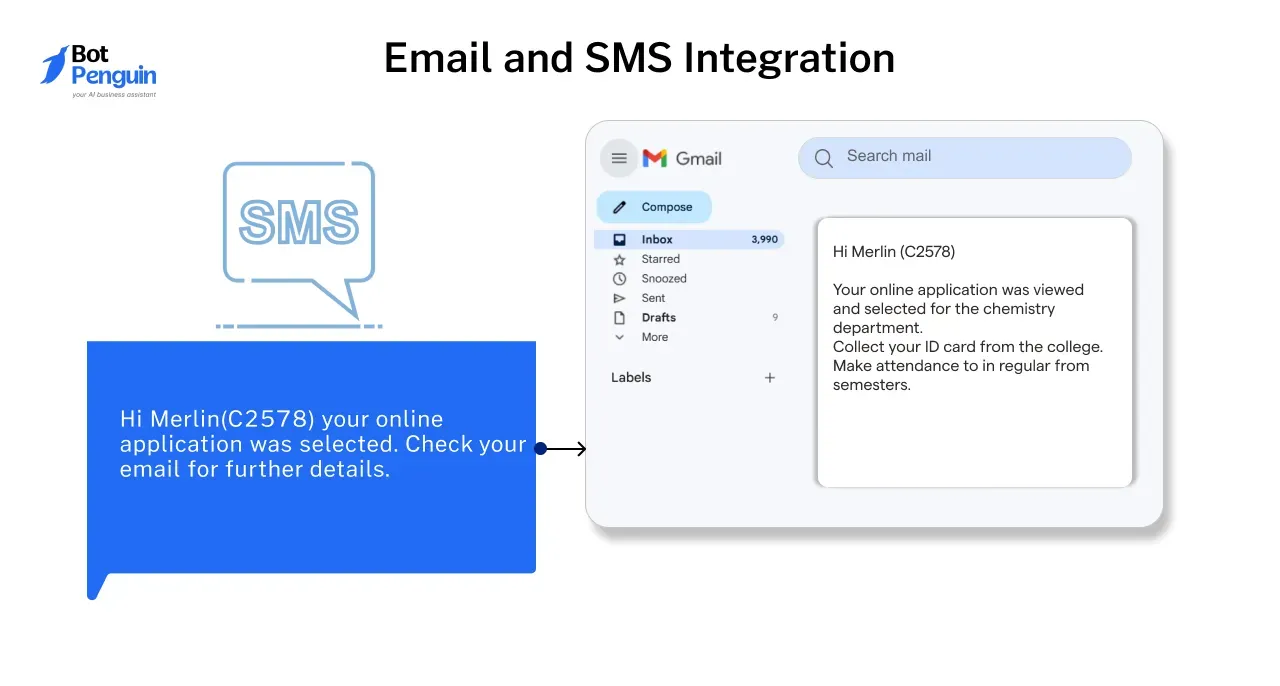
Scheduling and Course Management
Student enrollment system helps in scheduling classes by considering various factors such as room availability, instructor schedules, and student preferences.
This ensures that classes are optimally scheduled to meet the needs of all stakeholders.
- Course Registration: Students can register for courses online, view available classes, and manage their schedules.
This feature simplifies the course selection process and reduces administrative workload.
- Waitlist Management: If a class is full, the system can manage waitlists, allowing students to sign up for notifications if a spot becomes available.
This helps manage student expectations and maximize class occupancy.
- Advising and Support: The student enrollment management system can facilitate advising sessions by allowing students to schedule meetings with academic advisors.
Advisors can also easily access student records, making the advising process more efficient.
How Student Enrollment Management System Improve the Student Experience

A student enrollment management system significantly enhances the student experience. These systems simplify processes, improve communication, and provide easy access to vital information.
Streamlining Application Processes
Students can apply to programs through an online portal. The student enrollment system eliminates the need for physical paperwork and in-person visits, making the application process more convenient and accessible.
Omnichannel Engagement
Harnessing the power of omnichannel engagement has become crucial in modern student enrollment management system.
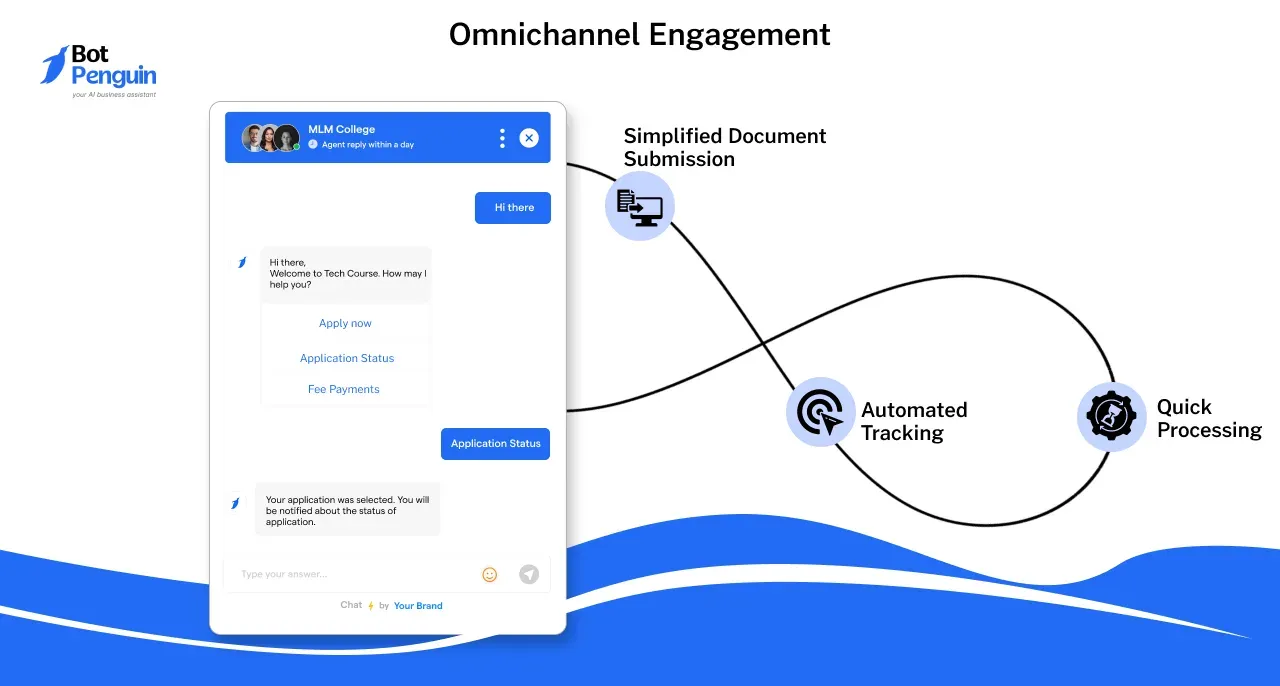
These comprehensive student enrollment system offer seamless multi-platform accessibility, enabling institutions to connect with prospective students wherever they are.
According to the Educause Report 2024, educational institutions leveraging omnichannel enrollment systems have witnessed a remarkable 47% increase in application completion rates.
This significant improvement demonstrates how a well-integrated, multi-channel approach streamlines the enrollment process, enhances student engagement, and facilitates more efficient administrative operations.
- Automated Tracking: Applicants can monitor the status of their applications in real time. They receive updates on missing documents, interview schedules, and decisions directly through the student enrollment management system.
- Simplified Document Submission: Students can upload necessary documents online. This feature reduces the chance of lost paperwork and allows admissions staff to access documents instantly.
- Quick Processing: Automation speeds up the review process. Applications are processed more quickly, reducing the wait time for students to receive responses.
Enhancing Communication Between Students and Institutions
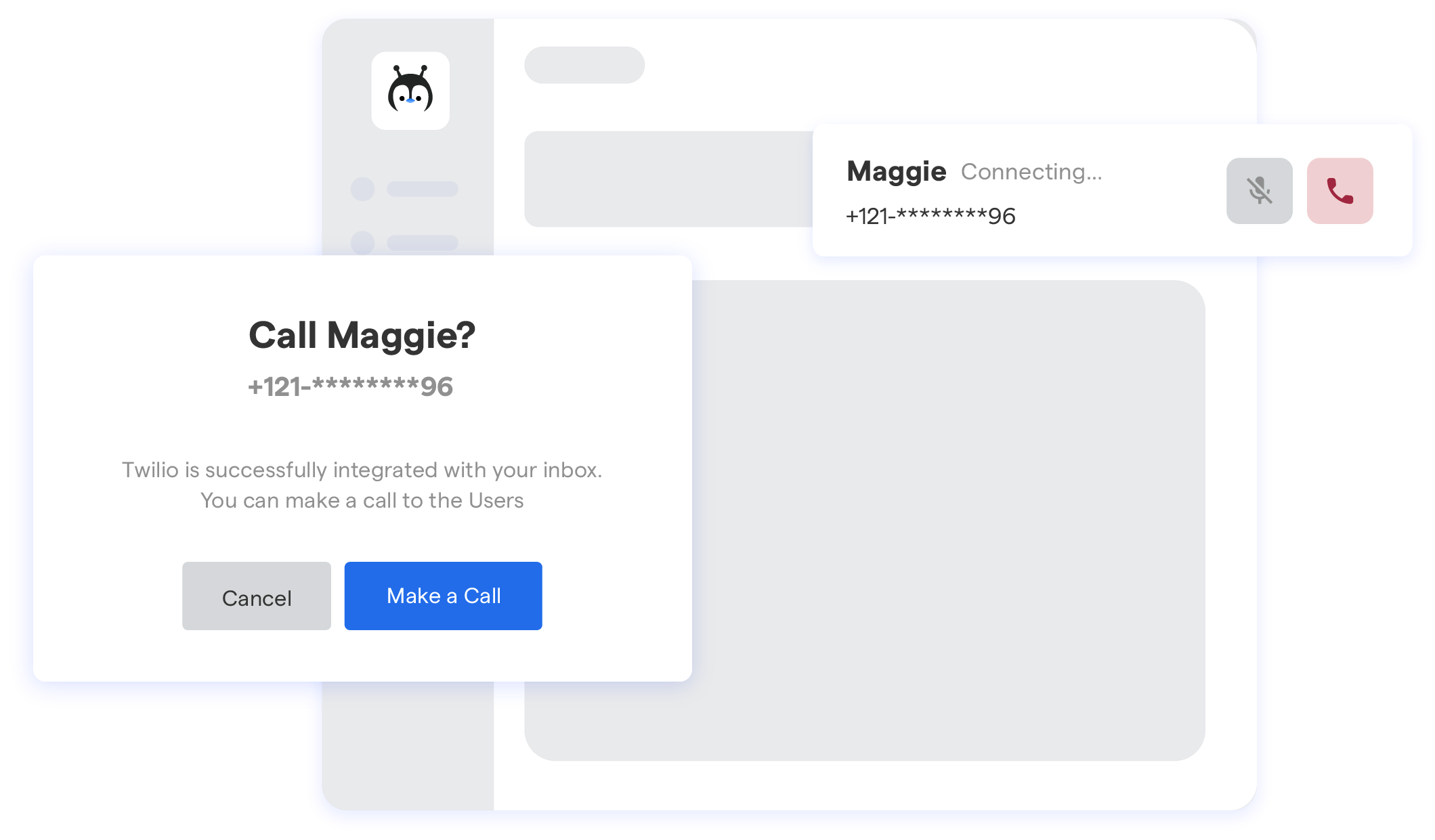
The system sends automated notifications about application status, upcoming deadlines, and important events. This keeps students informed and reduces the need for manual follow-up.
- Chatbot for Education: Integrating a chatbot for education within the system provides students with instant answers to common questions. This tool is available 24/7, ensuring students can get help anytime.
- Email and SMS Alerts: Students receive important updates via email and SMS. This ensures they don't miss critical information about their enrollment and other academic matters.
- Centralized Communication Hub: All communication between students and the institution is centralized. Students can easily find messages, updates, and announcements in one place.
Integrating AI-powered communication systems has fundamentally transformed how educational institutions interact with their students. These sophisticated platforms operate seamlessly across all major student touchpoints, from initial admissions to ongoing academic support.
For enrolled students, the student enrollment management system provides intelligent academic support, from course recommendations to personalized study plans, all tailored to individual learning styles and preferences.
According to Education Technology Insights 2024, institutions using these AI-powered systems have seen remarkable improvements: 65% faster response times, 45% reduced administrative workload, and a 78% increase in student satisfaction rates.
The beauty of modern AI communication systems lies in their omnichannel presence. Whether students engage through mobile apps, web portals, WhatsApp, email, or social media, they receive consistent, intelligent responses that adapt to their needs.
This comprehensive approach ensures no student query goes unanswered, while administrative teams can focus on more complex, high-value interactions that require a human touch.
Providing Access to Important Information

Students have access to a personal portal to access all their information, including application status, financial aid details, course schedules, and grades.
- Financial Aid Information: The student enrollment system clearly provides information on financial aid. Students can see their aid status, submit required documents, and track their financial assistance package.
- Course Registration: Students can view available courses and register online. This feature makes it easy to plan their schedules and ensure they get into the necessary classes.
- Academic Advising: Student enrollment system facilitates scheduling with academic advisors. Students can book appointments and access advisor notes, ensuring they receive the guidance they need.
- Access to Support Services: Information about support services like tutoring, counseling, and career services is easily accessible. Students can find and utilize these resources without difficulty.
Challenges in Implementing Enrollment Management Systems
Implementing a student enrollment management system can bring significant benefits, but it also comes with its set of challenges.
Initial Setup Costs
Implementing a student enrollment system requires a substantial initial investment. This includes the cost of purchasing the software, hardware upgrades, and any additional tools needed for integration.
- Budget Allocation: Institutions must allocate a portion of their budget to cover these costs. This can be challenging for schools with limited financial resources, potentially requiring cuts in other areas or seeking external funding.
- Long-Term Savings: While the initial setup is costly, it's important to consider the long-term savings. Process automation and reduced administrative workload can lead to significant savings over time.
Suggested Reading:
Simplify Student Enrollment Procedures with Generative AI Tools
Training Staff
Staff members need to learn how to use the new student admission management system effectively. This can be a significant change from their current processes, requiring time and effort to adapt.
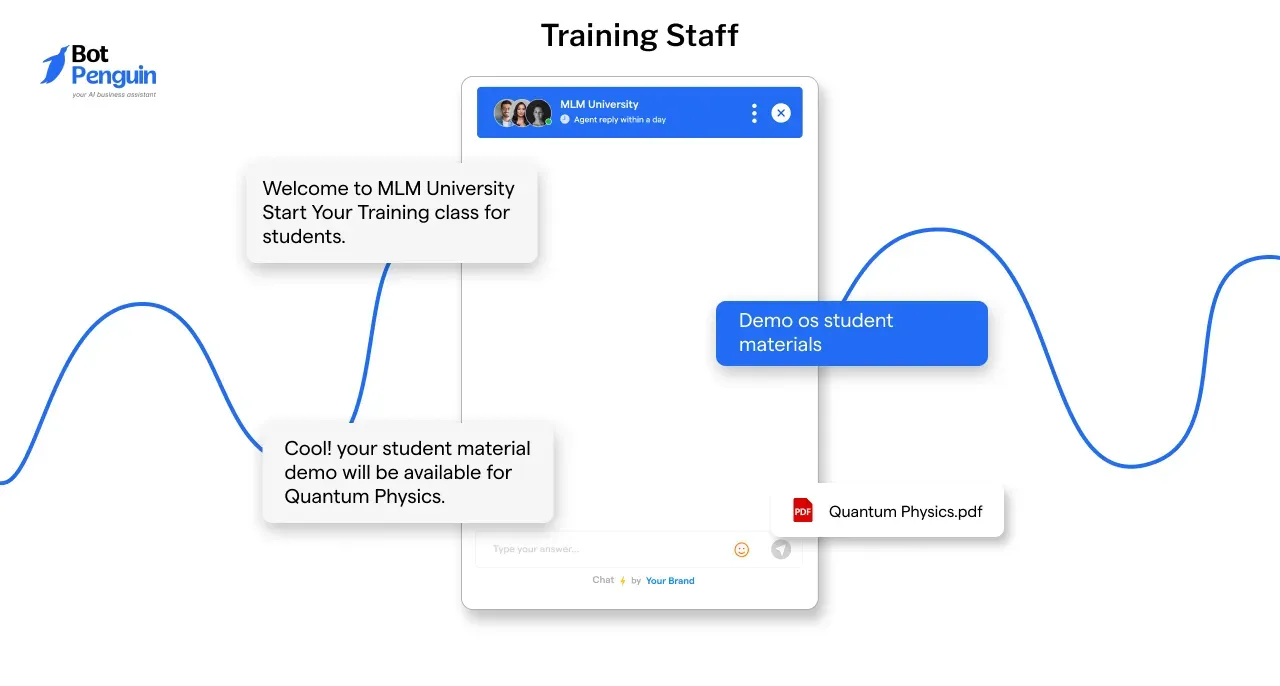
- Training Programs: Institutions must invest in comprehensive training programs. This ensures that all staff members are comfortable and proficient with the new system, minimizing errors and increasing efficiency.
- Ongoing Support: Continuous support and training are necessary. As the system updates or new features are added, staff will need ongoing education to stay up-to-date and maintain smooth operations.
- Resistance to Change: Some staff members might resist the new system. Addressing their concerns and demonstrating the benefits of the student admission management system can help ease the transition.
Suggested Reading:
Top 11 Marketing Strategies to Increase Student Enrollment
Data Privacy and Security Concerns
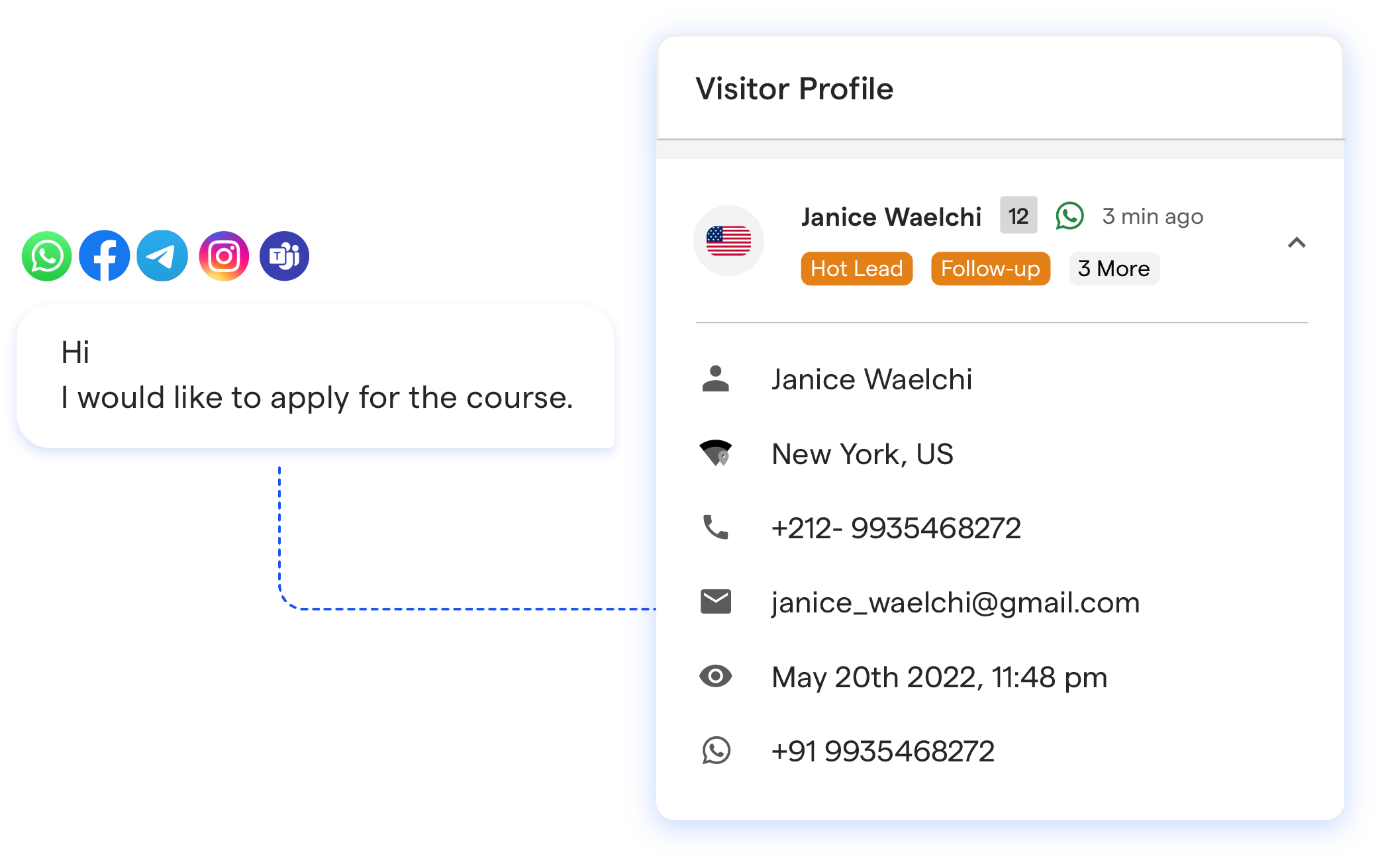
Student Enrollment Management Systems handle a lot of sensitive information, including personal details, academic records, and financial data. Ensuring this data is protected is crucial to maintaining student trust.
- Regulatory Compliance: Institutions must comply with data protection regulations. This includes local, national, and international laws that govern how student information is stored, processed, and shared.
- Security Measures: Robust security measures must be implemented. This includes encryption, secure access controls, and regular security audits to protect against data breaches and unauthorized access.
- Response to Breaches: Institutions must have a clear response plan in case of a data breach. This plan includes notifying affected individuals, addressing the breach, and preventing future incidents.
- Integration with Other Systems: Ensuring secure integration with other systems is vital. Whether it’s integrating a chatbot for education or other administrative tools, data must be securely transferred and protected across platforms.
Selecting the Right Student Enrollment Management System
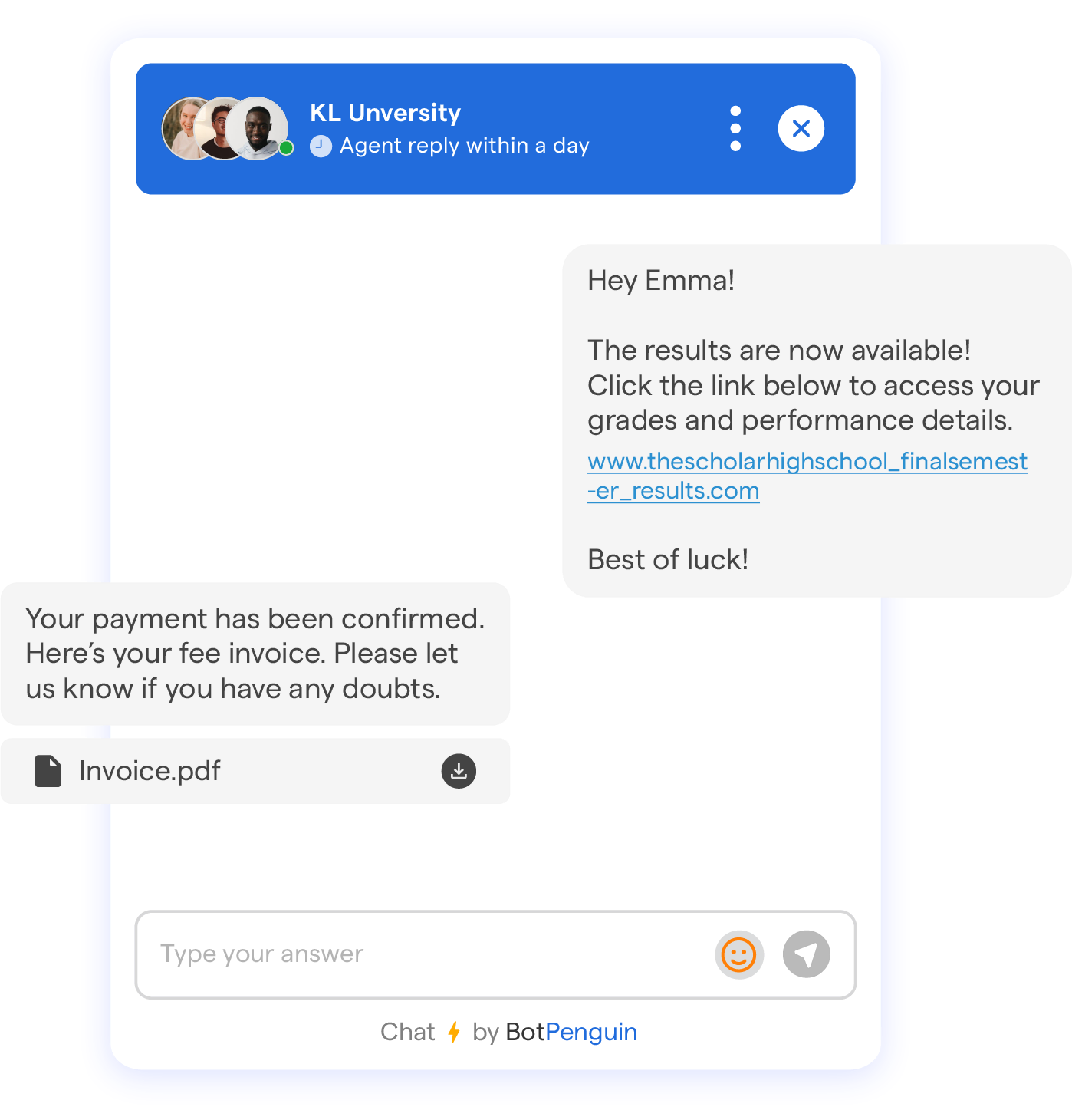
Choosing the right student enrollment management system is crucial for educational institutions. These systems can streamline operations, enhance student experience, and improve overall efficiency.
Factors to Consider
Determine your budget before selecting a student enrollment system. Consider not only the initial setup cost but also ongoing maintenance and training expenses.
Ensure the system provides value for money by improving efficiency and reducing manual workload.
- Ease of Use: The system should be user-friendly for both staff and students. Look for intuitive interfaces and clear navigation.
This reduces the learning curve and ensures everyone can use the system effectively.
- Features and Functionality: Identify the essential features your institution needs. This could include online application processing, document management, and integration with a chatbot for education. Ensure the system can handle your specific requirements.
- Scalability: Choose a system that can grow with your institution. Whether your student population is increasing or you plan to add new programs, the system should be able to scale without significant upgrades or additional costs.
- Integration: The student enrollment management system should integrate seamlessly with other systems you use, such as financial aid, learning management, and communication tools. This ensures smooth data flow and reduces manual data entry.
- Customer Support: Reliable customer support is essential. Ensure the vendor offers comprehensive support, including training, troubleshooting, and regular updates.
Good support can help resolve issues quickly and keep the system running smoothly.
- Security and Compliance: Data security is critical. The student enrollment system should have robust security measures to protect sensitive student information.
It should also ensure it complies with local and international data protection regulations to avoid legal issues.
- User Feedback: Consider feedback from current users of the system. This can provide insights into the system’s performance, reliability, and any potential issues.
User reviews and case studies can be valuable resources.
Conclusion
In conclusion, student enrollment management systems have proven to be transformative tools in the education sector.
These comprehensive solutions, encompassing admission management systems and student admission management systems, have revolutionized how institutions handle the entire student lifecycle.
The adoption of a student enrollment management system has led to increased efficiency, reduced administrative burdens, and improved decision-making processes.
By centralizing data and automating workflows, these systems enable institutions to focus more on student success and less on paperwork.
The integration of chatbots for education within student enrollment management systems represents a significant leap forward. These AI-powered assistants streamline communication, responding instantly to inquiries and guiding prospective students through admission.
As we look to the future, the role of student enrollment management systems will likely expand further. With AI and data analytics advancements, these systems will offer even more sophisticated tools for predictive enrollment modeling and personalized student engagement.
Implementing a robust student admission management system is no longer optional for educational institutions aiming to stay competitive and student—focused—it's essential.
These systems not only simplify administrative tasks but also contribute to creating a more responsive, efficient, and student-centric educational environment.
Frequently Asked Questions (FAQs)
What is a student enrollment management system?
A student enrollment management system automates and manages the processes related to student admissions, registration, and enrollment, improving efficiency and enhancing the overall student experience.
How does an enrollment management system benefit students?
It streamlines application processes, improves communication, provides real-time updates, and centralizes access to important information like course schedules and financial aid.
Why is data security important in student enrollment management system?
Data security ensures the protection of sensitive student information from breaches and unauthorized access, maintaining student trust and complying with legal regulations.
What features should an effective student enrollment management system have?
Key features include online application processing, data management, communication tools, course scheduling, financial aid management, and integration with other educational systems.
How do enrollment management systems improve institutional efficiency?
These student enrollment management system automate administrative tasks, reduce paperwork, provide valuable data analytics, and facilitate better resource management, leading to increased operational efficiency.
What challenges do institutions face when implementing a student enrollment management system?
Challenges include high initial setup costs, staff training requirements, and ensuring data privacy and security while integrating the system with existing technologies.

